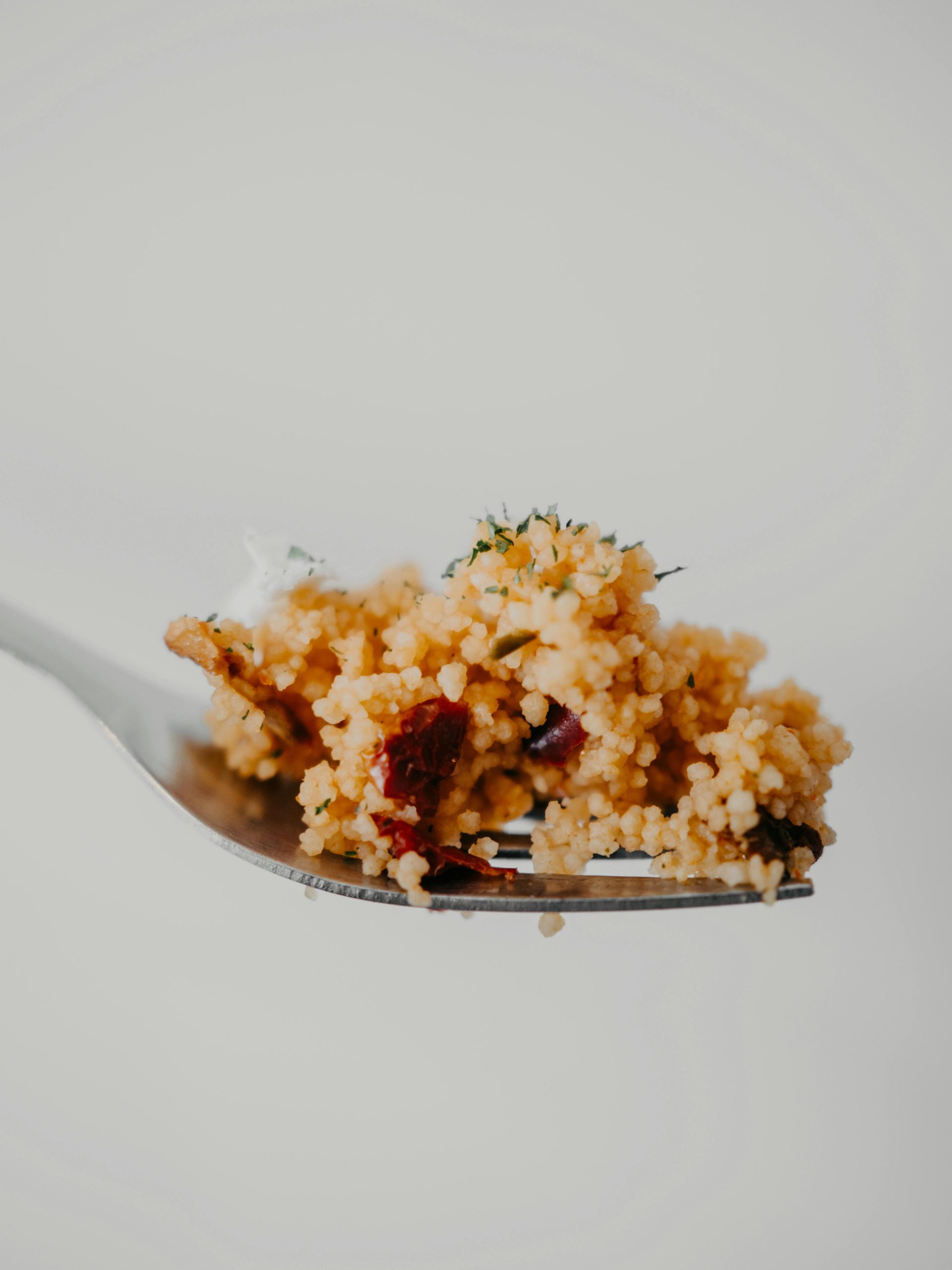Maintaining a healthy diet isn’t just about what you eat—it’s also about how much you eat. Portion control is a fundamental aspect of healthy eating that often gets overlooked. Whether you’re trying to lose weight, maintain a balanced diet, or simply improve your eating habits, mastering portion control can make a significant difference. This guide will walk you through the essentials of food portion control, offering practical tips and strategies to help you make smarter choices.
Why Portion Control Matters
Portion control is crucial for maintaining a healthy weight and preventing overeating. In today’s world, oversized servings have become the norm, making it easy to consume more calories than your body needs. Here’s why portion control should be a priority:
- Prevents Overeating: Larger portions can lead to consuming excess calories, which may contribute to weight gain.
- Balances Blood Sugar: Eating appropriate portions helps regulate blood sugar levels, reducing the risk of diabetes.
- Improves Digestion: Smaller, well-portioned meals can aid digestion and prevent discomfort like bloating.
- Encourages Mindful Eating: Paying attention to portion sizes fosters a healthier relationship with food.
Understanding Portion Sizes vs. Serving Sizes
Many people confuse portion sizes with serving sizes, but they’re not the same. A serving size is a standardized measurement used on nutrition labels, while a portion size is the amount of food you choose to eat at one time. For example, a serving of pasta might be ½ cup, but your portion could be 2 cups—far more than recommended.
To manage portions effectively, familiarize yourself with common serving sizes:
- Protein (meat, fish, poultry): 3-4 ounces (about the size of a deck of cards)
- Grains (rice, pasta): ½ cup cooked (about the size of a tennis ball)
- Vegetables: 1 cup raw or ½ cup cooked
- Fruits: 1 medium piece or ½ cup chopped
- Fats (oils, butter): 1 teaspoon (about the size of a thumbnail)
Practical Tips for Portion Control
Implementing portion control doesn’t mean you have to measure every bite. Here are some simple yet effective strategies to help you manage your food intake:
Use Smaller Plates and Bowls
Research shows that people tend to eat less when they use smaller dishes. A large plate can make portions look smaller, tricking your brain into thinking you need more food. Opt for a 9-inch plate instead of a 12-inch one to naturally reduce portion sizes.
Follow the Plate Method
A balanced plate is key to portion control. Divide your plate into sections:
- 50% Vegetables: Fill half your plate with non-starchy veggies like broccoli, spinach, or carrots.
- 25% Protein: Reserve a quarter for lean proteins like chicken, fish, or tofu.
- 25% Whole Grains or Starchy Vegetables: The remaining quarter can include quinoa, brown rice, or sweet potatoes.
Pre-Portion Snacks
Instead of eating straight from the bag, portion snacks into small containers or bags. This prevents mindless munching and helps you stick to a single serving.
Listen to Your Hunger Cues
Eat slowly and pay attention to your body’s signals. Stop eating when you feel satisfied, not stuffed. It takes about 20 minutes for your brain to register fullness, so pacing yourself can prevent overeating.
Tools and Techniques for Measuring Portions
While eyeballing portions can work with practice, using tools can ensure accuracy, especially when you’re starting out. Here are some helpful methods:
Hand Measurements
Your hand can be a handy (pun intended) guide for portion sizes:
- Palm: 3-4 ounces of protein
- Fist: 1 cup of vegetables or grains
- Thumb: 1 tablespoon of nut butter or dressing
- Cupped Hand: ½ cup of snacks like nuts or chips
Kitchen Scales and Measuring Cups
For more precision, use a kitchen scale or measuring cups. Weighing food can be especially helpful for calorie-dense items like nuts, cheese, or oils.
Visual Comparisons
Compare food portions to everyday objects:
- Deck of Cards: 3 ounces of meat
- Tennis Ball: ½ cup of rice or pasta
- Golf Ball: 2 tablespoons of peanut butter
Overcoming Common Portion Control Challenges
Even with the best intentions, sticking to portion control can be tough. Here’s how to tackle common obstacles:
Dining Out
Restaurant portions are often oversized. To avoid overeating:
- Split an entrée with a friend or take half home.
- Order an appetizer as your main course.
- Ask for dressings and sauces on the side.
Emotional Eating
Stress or boredom can lead to mindless snacking. Before reaching for food, ask yourself if you’re truly hungry or just seeking comfort. Find alternative activities like walking, reading, or calling
